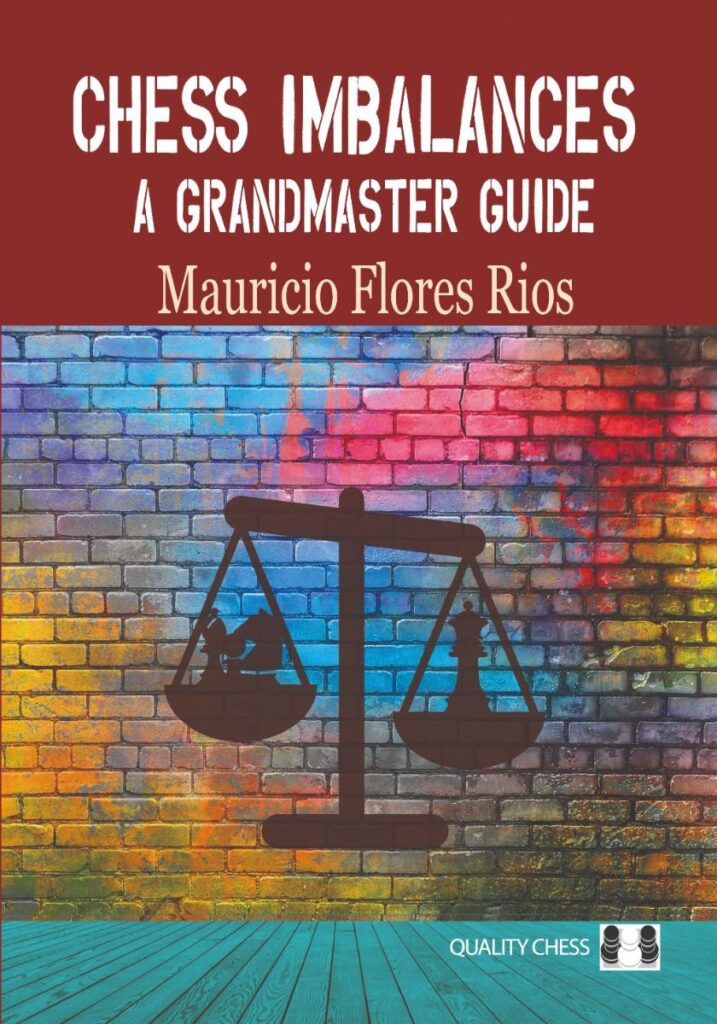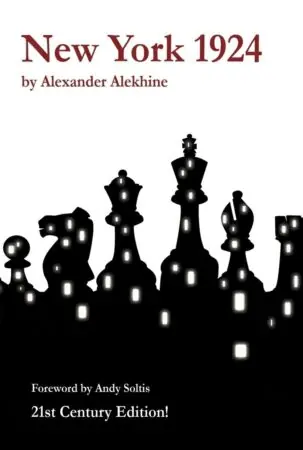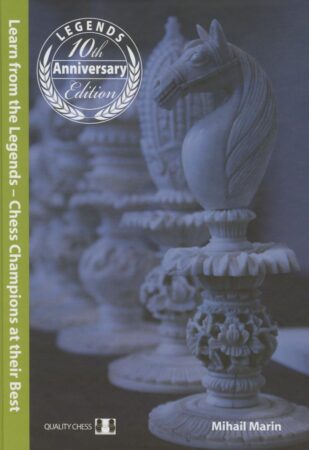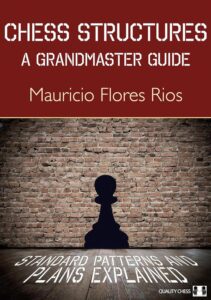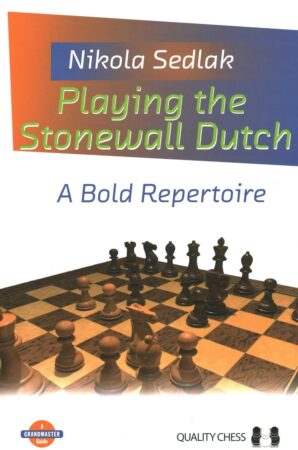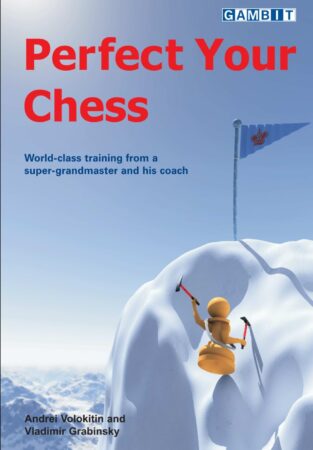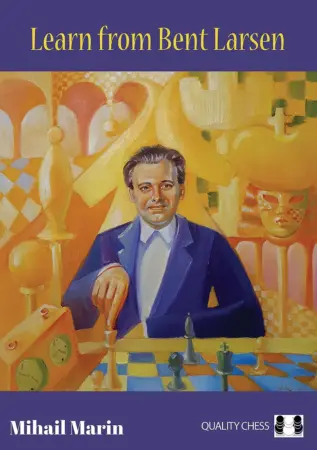Introduction
Chess books on imbalances are seldom written. Unlike simple subjects, you could easily find examples for and which you could explain to a child in a few minutes, teaching someone to understand imbalance positions is a task not many are capable of accomplishing. Flores Rios has managed to do that well.
Chess Imbalances is a great learning resource for several reasons; firstly, it emphasizes examples that are illustrative, almost to the point where you’ll think to yourself: “There’s no way I ever get this in a game.” That, in my opinion, is a great thing. Books are supposed to teach concepts using thematic examples. Secondly, the author has chosen games based on their quality and their beauty. In our recent interview, GM Flores Rios said that he always tried to reach a conclusion that was eye-catching and flashy as well as instructive, hence the disproportionate number of positions ending in zugzwang, for example. Thirdly, Chess Imbalances is structured like a typical chess textbook, but it has additional features that make it easier to navigate and to understand the concepts it teaches.
Check out an interesting accidental Queen sacrifice from the book:
GM Flores Rios has been working on the book for nine years. The majority of that time was spent searching for great examples he could include. He mentioned that he would go over games from every recent tournament during that time and look for examples he could use.
“If I ever developed an interest in a type of unbalanced position, this would be the first book I’d dive into to see if any of Rios’s insights could help me make sense of my experience. Really impressive in many ways.” – GM Matthew Sadler (New In Chess magazine)
Structure of the book
The main division in Chess Imbalances is on two families: balanced imbalances, chapters 2-5, which cover positions in which neither side has a material advantage or disadvantage, such as bishop versus knight, opposite colored bishops, the bishop pair, and rook against two minor pieces. Those chapters cover the most common imbalances in chess, as strong players seldom lose material or sacrifice it for less than sufficient compensation.
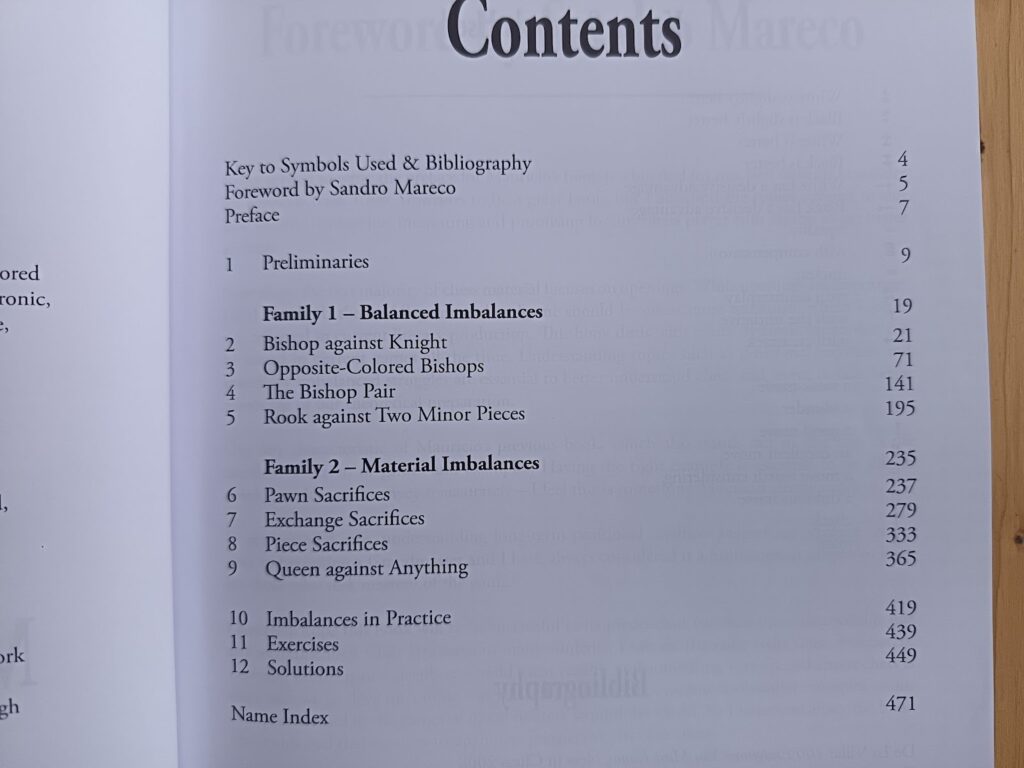
The second family are material imbalances. In chapters 6-9, the author covers all types of positions in which one side has either given up or lost material, such as pawn sacrifices, exchange sacrifices, piece sacrifices, and even queen sacrifices.
Finally, the last portion of the book features a range of short examples that illustrate all the concepts discussed, as well as 30 exercises for the reader to solve, which are meant to reinforce them even further. Chess Imbalances is not a puzzle book, and 30 may not seem plenty, but they’re enough. Ideally, and that’s the case with his previous book, Chess Structures as well, he eventually writes additional volumes with more examples and many more positions one could solve.
Concepts explained in a beginner-friendly way
What I like most about the book is how easy it is to follow Rios’ reasoning despite the difficulty of the subject matter. As Einstein once put it: “If you can’t explain it to a six-year-old, you don’t understand it yourself.”
The first chapter begins by going over very simple concepts stronger players may wish to skip, but they shouldn’t. Relative value of pieces, value of the queen, difference in the value of knights and bishops, quantity vs quality, targets, coordination, and more, are essential concepts one must grasp before continuing reading. I found them useful, and I believe that they become exponentially more useful the lower your rating and strategic understanding is.
The most valuable part of Chess Imbalances is how each chapter, each imbalance is explained, and the tools Flores Rios uses to accomplish that. Each chapter, as was the case in Chess Structures as well, begins with general concepts and almost a FAQ section.
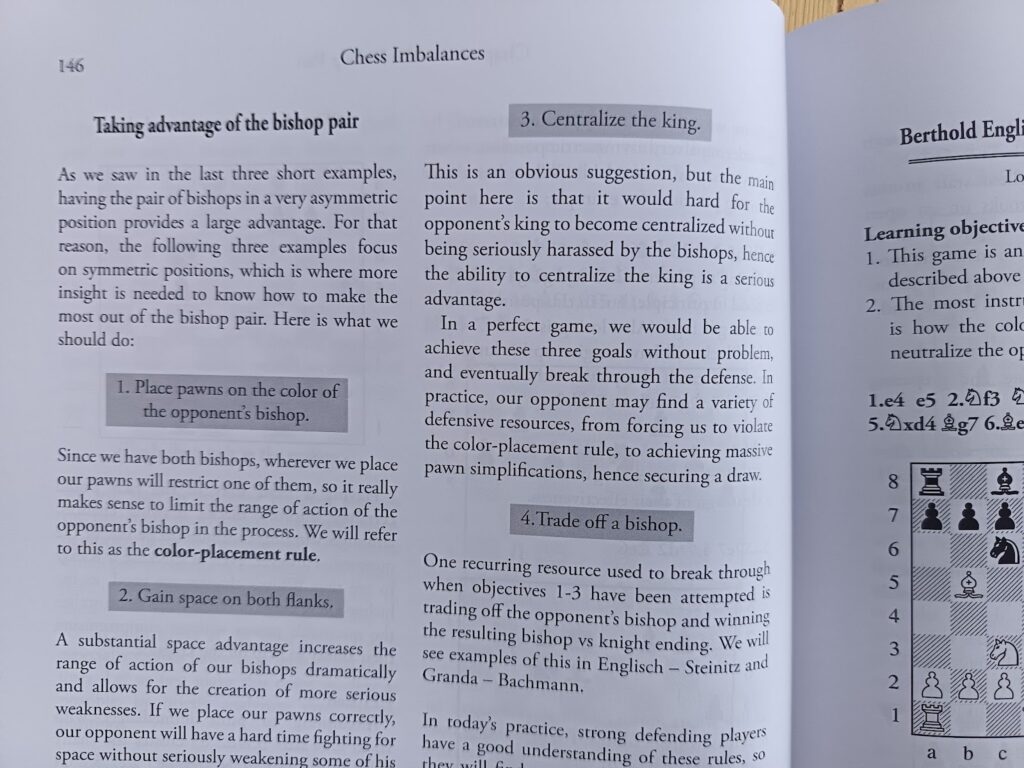
In chapter on Bishop against Knight, for example, he covers important questions such as: when are knights superior to bishops, when are bishops superior to knights, do knights and bishops work well with other pieces? He also covers the basics of common theoretical endgames important for the chapter, such as rook versus rook and bishop. Such an introduction leaves you no room for excuses, and you couldn’t say that you found it difficult to follow the examples that follow.
My favorite part are the examples themselves and how they are structured. As I’ve said already, each game has been carefully selected and it meets two criteria: it’s instructive and beautiful. Before each game there’s a section titled “learning objectives”. In it Flores Rios explains what’s important about the game and basically tells you what you have to pay attention to.
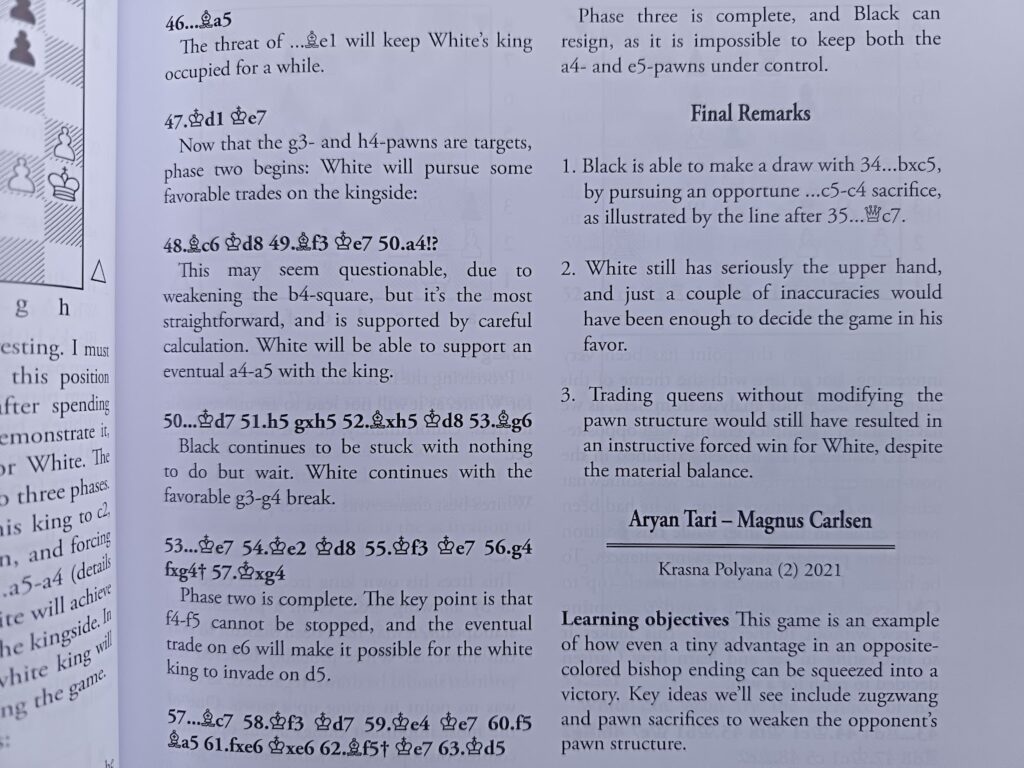
In the end of each game, he gives “final remarks”, recapitulating on what we must take away from it. Those two simple additions that other chess books lack make reading and learning from Chess Imbalances feel very easy.
Quality of annotations
If you’ve read any of my reviews, you will know that I value detailed annotations above everything else. I think a true sign of a great chess author is his ability to explain every move and every idea in a way a child could understand it despite how complex it is. Flores Rios has managed that. Each game is accompanied by very detailed annotations that cover most meaningful variations and explain the main line remarkably well. I didn’t have to use a board on the side at all since the diagrams are frequent and the quality and quantity of the text make it very easy to follow the lines.
Difficulty
Let me first address the problem difficulty. In the final chapter, there are 30 problems based on the topics covered. I found them very easy. However, that must be because I’d just finished reading an entire book on the concepts the problems were meant to illustrate and test. It’s difficult to assign difficulty to problems on a subject you’ve just read a lot about. That being said, I would say they would be relatively easy for anyone above 1800 FIDE.
As for the target audience of Chess Imbalances, I would say that anyone above 1700 FIDE should read it and would benefit from it. The concepts are essential for players of any level, though, I just think that following the reasoning may be slightly difficult for lower level players. This isn’t a book on simple strategic concepts after all.
Conclusion
Not many books on chess strategy cover a narrow subject this well. Being able to learn such an important set of concepts – imbalances, from a single resource, so well written and so easy to follow feels almost like cheating. GM Flores Rios has managed to live up to Structures with his new book. I think Chess Imbalances should be a part of every ambitious chess player’s library.

